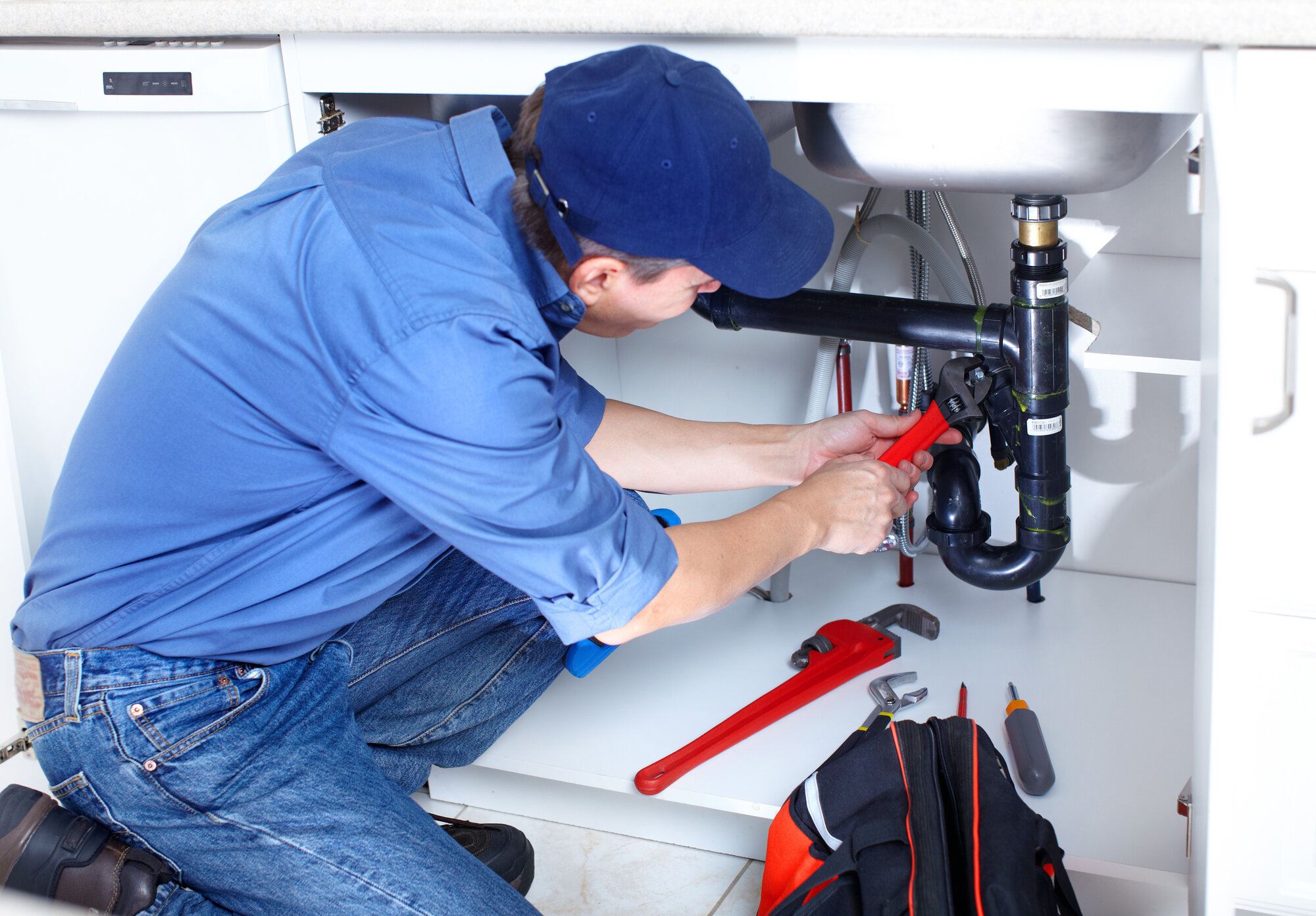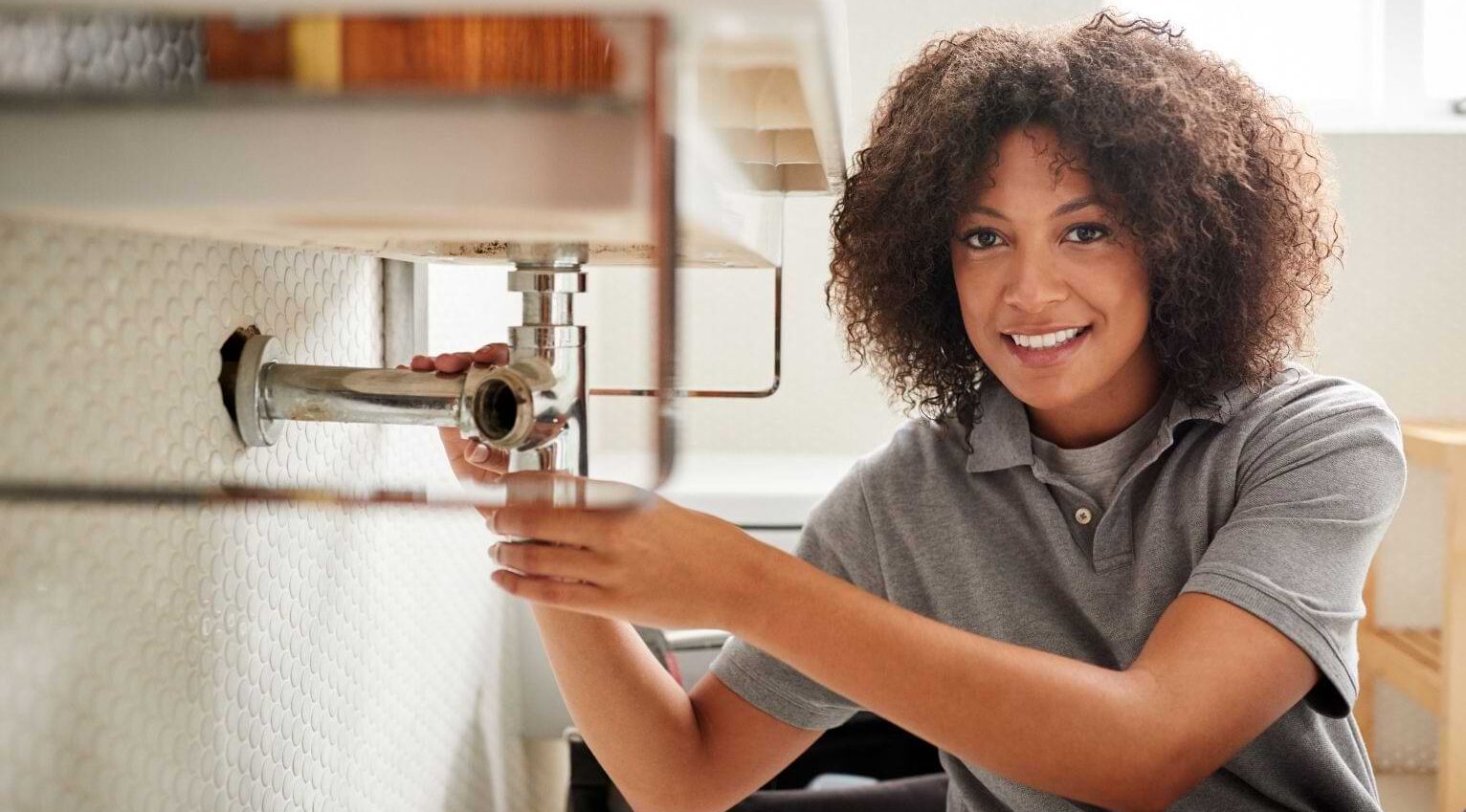Complete Plumbing Alabaster AL Solutions for Your Home
Complete Plumbing Alabaster AL Solutions for Your Home
Blog Article
A Step-by-Step Guide to Reliable Hot Water Heater Installation for Ideal Performance
Embarking on the job of setting up a hot water heater is a venture that requires precision and an organized technique for accomplishing ideal efficiency. The procedure begins with the crucial choice of choosing the appropriate heating system tailored to the particular demands of your family, taking into consideration factors such as type, size, and power source. When chosen, preparing the setup area to fulfill security criteria is critical. The trip doesn't end right here. As you proceed, the ins and outs of connecting supply of water lines and establishing trustworthy electrical or gas links await, encouraging insights into making certain effectiveness and dependability.
Selecting the Right Water Heater

Following, think about the size and capability of the water heater. It's vital to evaluate your house's hot water needs, which can vary based on the number of residents and their use patterns. An unit that's too little might lead to inadequate warm water, while an extra-large version could result in unneeded energy intake.
Efficiency ratings also play a crucial function in selection. Seek hot water heater with high Energy Element (EF) scores, suggesting premium performance and decreased energy usage. Tankless designs, though generally more expensive in advance, deal considerable energy financial savings in time because of their on-demand heating capacities.
Preparing the Setup Area
Before setting up a brand-new water heater, careful preparation of the installment location is essential. It's critical to measure the area very carefully to fit the water heater's dimensions, making sure adequate clearance around the system for efficient procedure and maintenance.
Inspect the flooring for stability, as the water heating system will require a strong, level surface to run effectively. If required, install a drip frying pan under the unit to catch prospective leaks or spills, preventing water damages to the surrounding area.
In addition, guarantee that all essential devices and materials are on hand before starting the installment. This includes products such as wrenches, screwdrivers, a level, and any kind of extra equipment required for safeguarding the heater and installing. A well-prepared installment location establishes the structure for an effective water heating unit configuration, optimizing efficiency and security.
Connecting Water Supply Lines
When linking supply of water lines to your recently mounted water heater, it is critical to make certain that all links are leak-free and safe and secure to maintain efficient procedure and avoid water damages. Begin by identifying the chilly and hot water system lines. The cold water inlet is typically noted with a blue tag or a "C", while the warm water outlet is marked with a red label or an "H".
Use versatile hot water heater ports to promote a much easier installment procedure. These adapters can take in vibration and permit small motion, reducing the danger of leakages. Before attaching the ports, position a plumbing technician's tape around the threaded ends of the hot water heater's inlet and electrical outlet pipelines - Water Heater installation Alabaster AL. This tape functions as a sealant, preventing leaks. Meticulously attach the adaptable hose pipes to the particular inlet and electrical outlet, ensuring that they are not over-tightened yet limited, which could harm the strings.
Once connections remain in place, gradually transform on the main water shutoff. Evaluate each link for leaks by aesthetically really feeling and checking for dampness. Tighten up links as essential, and make certain the stress safety valve is appropriately installed, safeguarding versus too much stress accumulation.
Establishing Electrical or Gas Links
Appropriately setting up the electric or gas connections for your hot water heater is an essential action to make certain safe and effective procedure. For electric water heating units, begin by verifying that the electric circuit is suitable with the heating unit's voltage and amperage requirements. Ensure the power supply is switched this hyperlink off at the breaker to stop crashes. Link the electrical cables to the heating unit complying with the maker's wiring layout. Normally, this entails attaching the ground cable to the environment-friendly terminal, and the continuing to be cables to their corresponding terminals, safeguarding each with cord nuts.
For gas water heaters, security is paramount. Connect the gas line to the water heater utilizing a versatile gas adapter, ensuring it is appropriately threaded and secured with pipeline joint substance or Teflon tape ideal for gas links.
Once links are made, check for any type of prospective leaks. For gas lines, use a soapy water option to the joints; bubbles indicate a leak. For electrical links, double-check that all electrical wiring is safe and correctly insulated, preserving conformity with local electrical codes.
Testing and Adjusting for Performance
With the electric and gas links safely in place, the next step is assessing the operational performance of your water heating system. Begin by thoroughly turning on the water supply and guaranteeing there are no leakages at any of the valves or joints.
Following, execute a comprehensive inspection to make certain the home heating aspects or burner are operating properly. For electrical heaters, use a multimeter to verify if the aspects are attracting the suitable present. In gas models, observe the heater fire; it should be steady and blue, showing reliable combustion.
Change the setups as these details essential to remove ineffectiveness. Think about implementing insulation actions, such as adding a water heating system blanket, to additionally enhance efficiency by minimizing warm loss. Furthermore, check the anode rod's condition, as a shabby rod can lower effectiveness and result in storage tank corrosion.
Final Thought
Reliable water heating system setup is essential for guaranteeing optimal performance and power cost savings. Safely connecting water supply lines and meticulously setting up electric or gas links lessen prospective concerns.

Effectively establishing up the electrical or gas connections for your water heating system is an important step you could try here to ensure secure and efficient procedure. For electric water heating units, begin by validating that the electrical circuit is suitable with the heater's voltage and amperage needs. Link the gas line to the water heating unit using a versatile gas connector, ensuring it is properly threaded and sealed with pipe joint substance or Teflon tape appropriate for gas connections.
Report this page